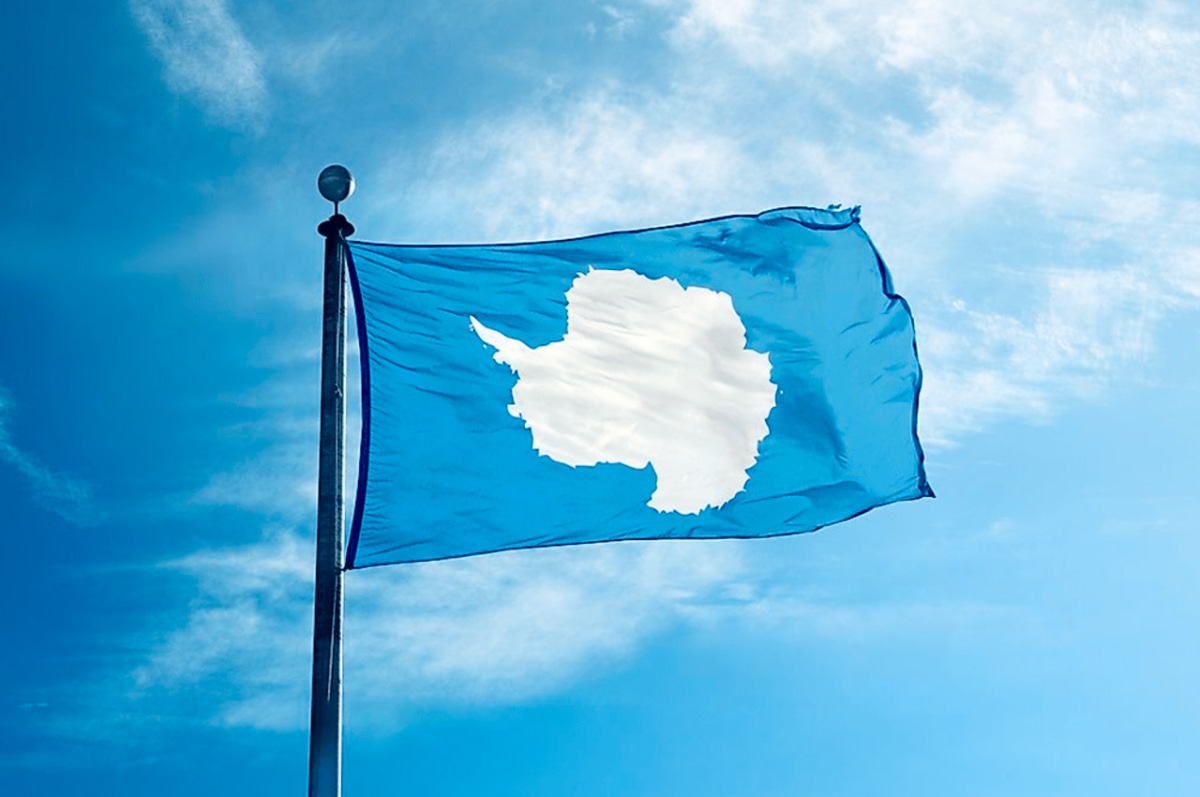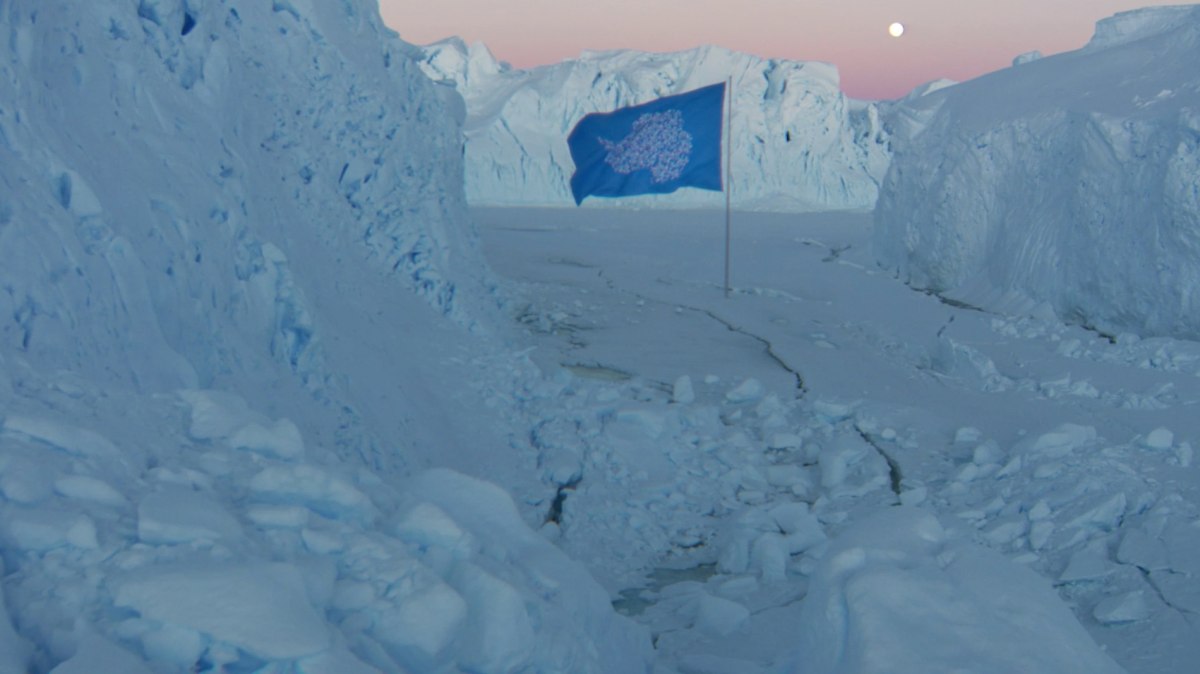The alarming reason Antarctica’s new flag is covered in tiny, colorful

You may think of Antarctica as a sheet of clean ice covered in pristine snow, largely untouched by humans. That’s how its flag—designed by vexillologist Graham Bartram for an atlas in the early ’90s—depicts the continent: an unblemished white map of Antarctica against a light blue background.
But in reality, within Antarctica’s snow are tiny particles of plastic—a sign that the scourge of plastic pollution has reached one of the most remote regions of the world. Now Bartram has a new design for Antarctica’s flag, as part of a call to action to demand a Global Plastics Treaty that would curb plastic consumption. In the redesign, Antarctica is no longer a pristine white. Instead, its outline is filled with tiny colorful dots representing the microplastics that have polluted the world.

Graham Bartram [Photo: courtesy Agenda Antarctica]
The redesigned flag is part of a campaign by Agenda Antarctica, a nongovernmental organization working on environmental preservation for Antarctica and the Southern Ocean.
“Antarctica stands as our last bastion of pristine wilderness, yet it grapples with the pervasive issue of plastic pollution,” a website for the campaign reads. “Microplastics have infiltrated the snow, fish, birds, and seawater in this untouched region.”
Agenda Antarctica aims to get signatures on a petition demanding a strong Global Plastics Treaty, one that limits virgin plastic production, invests in recycling infrastructure, reduces single-use packaging, and mandates a minimum amount of recycled content in new products. Through the United Nations, 175 countries have agreed to develop such a treaty and are currently negotiating its parameters; negotiations are expected to last through 2024.

The previous flag design [Image: courtesy Agenda Antarctica]
The flag is key to getting this message across. “Flags are a special sort of symbol,” Bartram says. At the end of the day you can say, well, they’re just a piece of cloth, but they can encompass an entire nation in what they represent.”
Because Antarctica has no governing body, it doesn’t have an official flag; Bartram created his design for a digital atlas program published by Electronic Arts. Afterword, his design gained popularity—it’s used, for example, for the flag of Antarctica emoji. The chance to reconfigure his original design for this campaign also provided an opportunity to merge his passions for studying and designing flags (he’s the chief vexillologist at the U.K.’s Flag Institute) along with his care for ecology (he’s a fellow of the Zoological Society of London and has donated to its conservation work).

[Rendering: courtesy Agenda Antarctica]
The flag’s design is based on real research. Experts with New Zealand’s University of Canterbury detailed the first evidence of microplastics in fresh Antarctic snow in a 2022 study. Analyzing freshly fallen snow on Antarctica’s Ross Island, they found an average of 29 microplastic particles per liter of melted snow—a higher amount than what had been found in the water in the surrounding Ross Sea and in Antarctic sea ice from previous studies. These tiny plastic pieces, smaller than a grain of rice, were mostly PET, a type of plastic used in drink bottles, food packaging, and clothing. They could have traveled thousands of miles in the air or come from humans in research bases on the continent.
But despite this far reach, microplastics can be a difficult issue to grasp. They’re tiny, sometimes invisible to the naked eye. A picture zoomed in on microplastics needs to be so close that it can fail to show the context, like the region where those microplastics were found.
“The flag is a much simpler and more honest way of depicting the problem, because you’re not trying to fool anybody that this is what Antarctica actually looks like,” Bertram says. “You’re just highlighting the importance of a once white symbol becoming corrupted by all these colored plastics.”
Bertram hopes the design sparks conversation, and eventually action, around our plastic pollution problem. “Maybe we can get a groundswell of people to say no, we need to do something about this,” he says.
That’s Agenda Antarctica’s hope too. “Plastic pollution has one and only one origin: our consumption practices,” the campaign’s site reads. “The solution? Change our lifestyle. We are all responsible for protecting our one and only planet for us and the future generations. Antarctica’s pristineness and unique ecosystem counts on you.”




